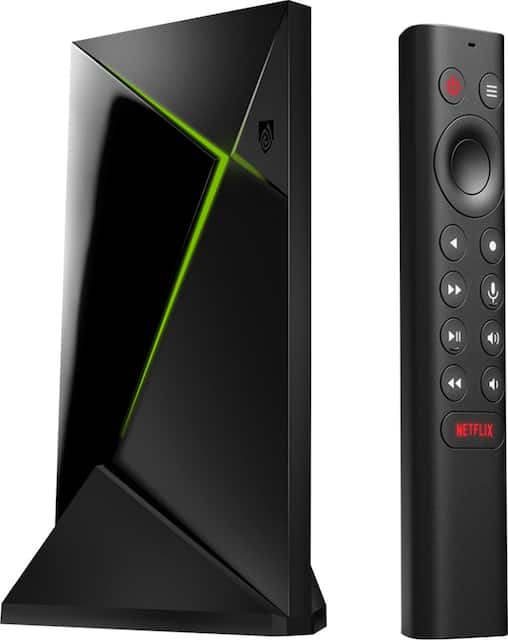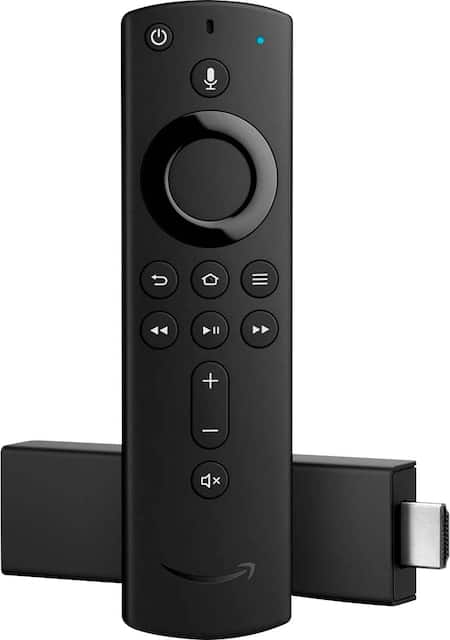VIZIO 2.1 Home Theater Sound Bar, DTS:X, Wireless Subwoofer SB3221n-J6
-
( 8 Reviews )Rated 4.88 out of 5 based on 8 customer ratings08
Experience the performance of larger, more complex home theater systems in a simple, ultra-compact solution designed to blend seamlessly into any home.
-
Amazon – Fire TV Stick 4K with Alexa Voice Remote, Streaming Media Player – Black
Rated 4.83 out of 506Amazon – Fire TV Stick 4K with Alexa Voice Remote, Streaming Media Player – Black
Rated 4.83 out of 506
The 32” 2.1 Home Theater Sound Bar from VIZIO, America’s #1 Sound Bar Brand, delivers powerful performance in a simple, convenient solution. The low-profile design slides neatly under TVs, blending seamlessly into any home. Experience a room-filling, true stereo experience as two full-range speakers deliver clear, brilliant sound up to 20kHz while the wireless 4.5” subwoofer creates thunderous bass down to 50Hz. Enjoy up to 95dB of total SPL output with minimal distortion or compression, for an exhilarating experience without the need for additional surround speakers. DTS® Virtual:X™ offers an increased level of immersion, no matter the content, room size or share, creating floor-to-ceiling virtualized 3D sound that puts you in the middle of your favorite movies, music, and games. Setup is quick and easy with the included cables. Control the sound bar effortlessly with the included remote. Wirelessly stream your favorite music and podcasts with Bluetooth, using your phone or any compatible device. Transform your home entertainment with powerful audio.
VIZIO 32” 2.1 Home Theater Sound Bar SB3221n-J6
- Simple 2.1 Design Experience the performance of larger, more complex home theater systems in a simple, ultra-compact solution designed to blend seamlessly into any home.
- Powerful Performance Brilliant clarity and deep bass combine for performance beyond its size.
- Simple Setup, Streaming & Control Get setup and listening in minutes with the included cables plus Bluetooth connectivity for wireless streaming of your favorite music and podcasts.
- Full-Range Speakers 2 full-range speakers in the sound bar provide rich, clear sound.
- 50Hz – 20kHz Frequency Response Hear what the artist intended and more with a wide, natural frequency response.
- 95dB Loudness Experience startling dynamics with minimal distortion or compression.
- 4.5” Wireless Subwoofer A high-excursion woofer energized in a compact cabinet provides deep, accurate bass down to 50Hz with wireless convenience.
- DTS Virtual:X™ Make any content, in any room, more immersive with floor-to-ceiling, virtualized 3D sound.
- DTS TruVolume HD Maintain a consistent volume level and eliminate annoying fluctuations between different types of content.
- Bluetooth Streaming Stream music wirelessly from your phone or other compatible Bluetooth devices.
- Voice Assistant Input Use your voice to control your Alexa, Siri, or Google Assistant devices through the sound bar with a dedicated 3.5 Aux or Persistent Bluetooth connection.
- Remote Control Included full-featured, easy to navigate remote.
Additional information
| Assembled Product Dimensions (L x W x H) | 31.71 x 3.00 x 3.04 Inches |
|---|
Average Rating
4.88
Rated 4.88 out of 5 based on 8 customer ratings
085 Star
87.5%
4 Star
12.5%
3 Star
0%
2 Star
0%
1 Star
0%
Submit your review Cancel reply






by Mike
This sound bar sounds so good, the sound quality is amazing, you’ll want to keep it if great sounding music and movies is your thing. Only minor flaw is it cannot be controlled by my TV’s (TLC) remote so I have to have its remote near amongst other remotes and honestly I really don’t need another remote in my life because this pesky things seem to get lost all the time but despite this, I’ll still keep the sound bar. it sounds too good to return. Hopefully Vizio can fix this flaw.
by James
I bought it for a Christmas gift it hasn’t been opened yet.
by Cindy
Sounds great a satisfied customer!
by Nicole
I love it! It’s not too big and it serves the purpose I was looking for.
by Biglo
Could not beat the price.
by Savvy
Great product at a great value. Easily paired to my smart TVs and the sound is excellent. Can’t beat it for $60.
by Winston
Great sound bar very happy with the product.
by Scott
Ez set up and has good sound.